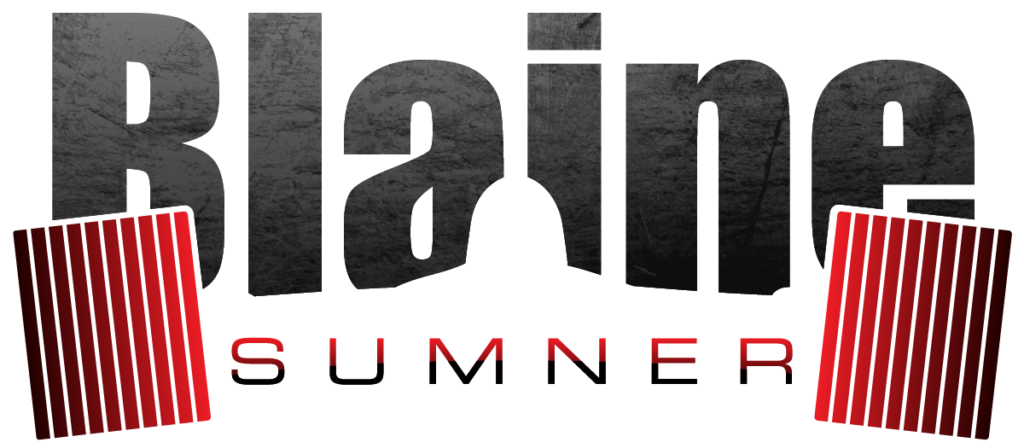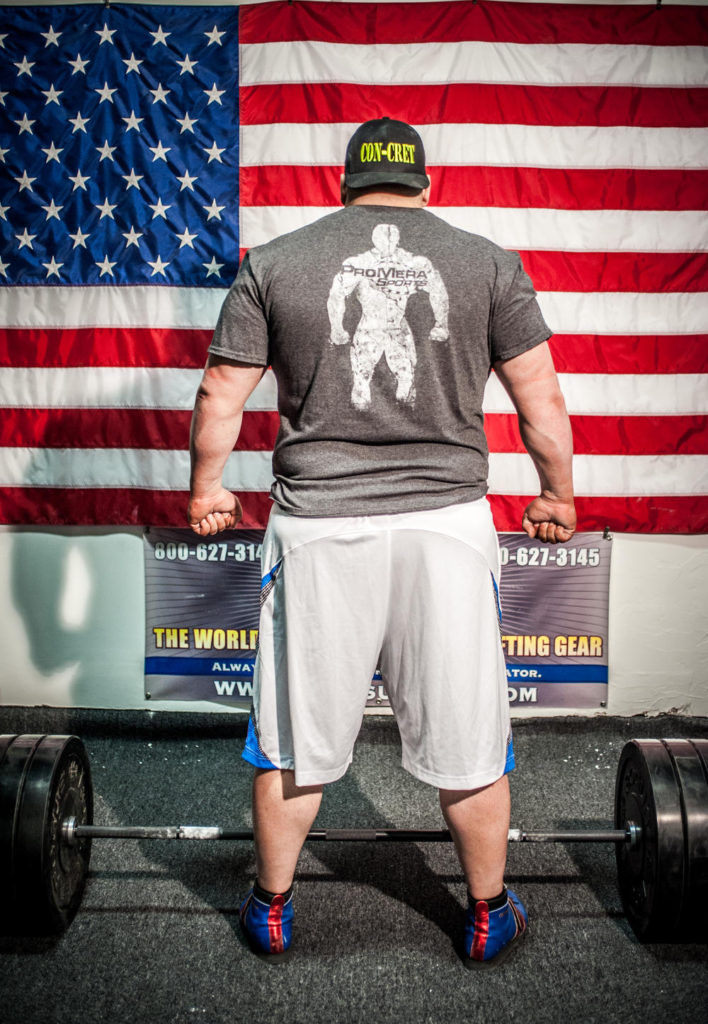Articles
You’re Only as Strong as Your Strongest Link
Many training principles preach the tune “you’re only as strong as your weakest link”. While this is true and focus does need to be put on bringing up weaknesses, the big picture as a strength athlete is to make the competition movement as strong as possible. I see it everywhere about how in your training it is a must that you do the movements that you suck at in order to get better at them and to bring up weaknesses. But this is only effective up to a point – especially if the majority of the focus is on improving competition movements.
I would categorize “training the weak links” as purely a physical goal. Usually these exercises and rep schemes are ones that an athlete will agonize over. They aren’t fun to do, and if the lifter isn’t focused on them, they will just go through the motions; and how effective can this really be?
In my opinion the most important variable in getting stronger is not the perfect training program or genetics, but motivation and the unwavering desire to get better; making the challenge more mental than physical. And in order to meet this criteria, the lifter must be focused and excited on the training task at hand. There are plenty of strong lifters who dread training sessions and have to drag themselves to the gym, but the strongest lifers will be the ones with the highest degree of motivation and desire to get stronger.
So how does this fit into training weak links and only being as strong as your strongest link? To put it in rough mathematical terms, we will say that the effectiveness of an exercise in making you stronger is A X B = C. A is how well the exercise translates to the competition movement, B is the focus and energy that the athlete puts into the exercise, and C is how much stronger the athlete gets. If a lifter has to do an exercise that may carryover well to their goal (high A), but puts very little focus into it (low B), then the athlete may not get much stronger. However, if the athlete picks an exercise that won’t translate as much to the end goal (moderate A), but are extremely motivated to perform the movement well (very high B), then the end result is simply a stronger athlete.
It is a popular, safe, and wise sounding term to say we are only as strong as our weakest link, which is still very often the case. But unless an exercise is selected with sound judgment and performed with high focus, the results will not be optimal. An example of this may be a lifter selecting a squat variation for his training. He knows he is weak in the bottom of the lift so pause squats may provide the most technical carryover to his competition squat. Maybe the lifter is feeling aggressive today and the lower weight used in pause squats may not be motivating; but the thought of doing reverse band squats that overload the top part of the movement and allow him to handle 110% of his competition max may dramatically bring up his focus and energy. This is a perfect case to implement the exercise that will draw more motivation rather than technical sense.
I can look back on my training when I took my raw bench press from 474 to 529 in 1 year after taking 3 years to make that same jump before, and a big part is due to adjusting my training so I was able to get more fired up for a bench press session. In a raw bench press my weak point is about 1/3 of the way up; so I used to always select exercises that would focus on bringing up that point. Pin presses, pauses off the chest, and long pauses seemed like the obvious choice to strengthen my weak point. Doing leverage challenging exercises at your weakest point will force you to use significantly less weight. I reached a point in my bench press training where I felt like attacking it from this approach was not giving me satisfactory results. I evaluated my training and realized that I have always been able to get my squats to move up, but not my bench, so why was this difference present? I decided it was because on my squat day I was always able to get an adrenaline rush because the exercise and weight would get my juices flowing. I attempted to recreate this with the bench by now selecting exercises that would force me to use more weight. Lifts like reverse band bench press, high board press, towel press, and “soft” equipment bench press. Every bench movement was now an overload on weight as opposed to just focusing on strengthening my weak point. I was able to get much more psyched up before a heavy set of bench presses and my bench moved more than it had in years. While I don’t think this method is always the best, and goes against conventional wisdom, I can attribute much bench progress to focusing on what got me psyched up instead of the most logically sound exercise. Because sometimes you just gotta want it.

